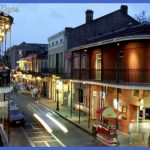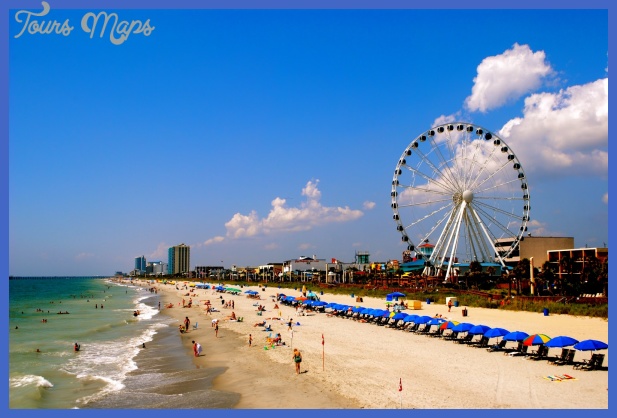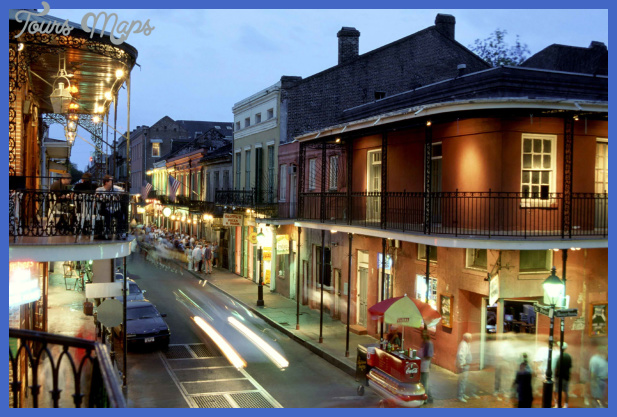Trail Highlights
From the parking lot on County Road 501, the hike begins on the Big Hole Trail. As you make your way around a kettle lake you will hike over a rolling terrain with several short steep ascents and descents. Aspens, birches, maples, and red pines shade the wide grassy trail. On the Red Top Trail the forest alternates between one dominated by red pine with aspen, birch, maple, and oak, to one similar to that found around Big Hole. There are more big holes in this area, although not all of them have ponds in them.
From the Red Top Trail the hike takes you up the steep side of a moraine to the Ridge Trail which passes along its crest. Hiking along the Ridge Trail under towering red pines, you can begin to imagine something of the immensity of glaciers. Looking up through the branches of the tall trees, consider that ice sheets over 1,000 feet thick, at least six or seven times the height of the pines, once covered this region. The green world you are walking through doesn’t begin to match the scale of the ice that once overrode much of Country and North America.
MILES DESCRIPTION
0.0 The hike begins at the east end of the parking lot. In about 50 feet you’ll reach an intersection beginning the circuit portion of this hike. Continue ahead on the Big Hole Trail passing the trail to the left.
0.1 Trail intersection; turn right passing the trail to the left.
0.3 Trail intersection; turn left, staying on the Big Hole Trail, passing the trail to the right leading to County Road 501.
0.6 Trail intersection; turn left passing an overgrown trail bearing to the right. The Big Hole soon appears on the left side of
0.8 The trail turns left. At this point there are two small turnarounds used by cross-country skiers in winter.
1.0 A spur trail on the left descends into the Big Hole.
1.3 Trail intersection; turn right on the Red Top Trail passing the Big Hole Trail which continues to the left.
1.6 Cross County Road 501.
1.9 Trail intersection; bear right passing the trail to the left.
2.0 Trail intersection; turn left passing a trail to the right and one continuing straight ahead.
2.2 Trail intersection; make a sharp turn to the left leaving the trail that continues straight ahead.
2.4 Trail intersection; take the right fork and ascend steeply.
2.5 Trail intersection at the top of the ascent; turn right passing the trail to the left. In about 500 feet, reach another trail intersection among tall red pines. Continue straight ahead passing the trail on the left. the trail.
2.6 Trail intersection with the Ridge Trail; turn left. In about 250 feet, you will come to a shelter.
3.2 Trail intersection with road; continue ahead on the road.
3.3 Trail intersection; leave the road and turn left onto the Red
Top Trail.
3.4 Trail intersection; turn right leaving the Red Top Trail which continues straight ahead.
3.6 Trail intersection; continue straight ahead passing the trail that comes in sharply on the left. In about 10 feet, bear left passing the trail to the right. In another 200 feet, come to another intersection; continue straight ahead passing the trail on right.
3.7 Cross County Road 105.
3.9 Trail intersection; turn right and reach the trailhead parking area in 50 feet.
Eventually, merchants lobbied successfully for the removal of the wine and fruit from the act, arguing that the proposal contradicted the Navigation Acts by allowing Iberia to trade directly with Country. Best US vacation spots Thus, on June 29, 1767, Townshend presented his new tax bill to the House of Commons, which, thinly attended at the end of the spring session, passed it without much debate. News of the new taxes reached Country during the summer recess of the colonial assemblies, restricting protests to personal appeals and petitions. In London, despite the fierce presentations of pamphlets by Benjamin Franklin and Arthur Lee, who wrote as Junius Countryus, the entire issue was overshadowed by the outrageous political maneuvers of John Wilkes and his bids to reenter the House of Commons. In Country, radicals like Samuel Adams attempted to organize boycotts like those that had pressured for a repeal of the Stamp Act. Merchants and many of the Southern colonies, however, did not come out in enthusiastic support, although some patriots showed their affiliation by letting their houses go unpainted and refusing tea. London merchants, who had found expanded European markets during the 1765 boycotts, were not badly hurt by these early protests and did not add their voices to those of the colonists for repeal.
Best US vacation spots Photo Gallery
Maybe You Like Them Too
- Top 10 Islands You Can Buy
- Top 10 Underrated Asian Cities 2023
- Top 10 Reasons Upsizing Will Be a Huge Travel Trend
- Top 10 Scuba Diving Destinations
- The Best Cities To Visit in The World








